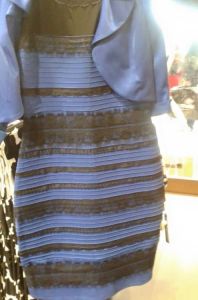Following on from Part 1…
While the public sentiment around science has varied widely over the years, there was a significant dip in public trust after the Second World War. The development of nuclear technology, while initially viewed positively, soon led to political tensions and public sentiment becoming more critical of the scientists involved. This affected funding decisions and hampered research across many scientific disciplines.
In 1985 the British Science Association published The Public Understanding of Science (also known as the Bodmer Report), outlining the case for building public trust in science by making it more accessible to a wider audience.
“Science and technology play a major role in most aspects of our daily lives both at home and at work. Our industry and thus our national prosperity depend on them. Almost all public policy issues have scientific or technological implications. Everybody, therefore, needs some understanding of science, its accomplishments and its limitations.”
Bodmer Report
From here, the Committee on the Public Understanding of Science formed, ushering in a new approach to science communication. It was no longer focused on the ‘deficit model’ – i.e. that the public were lacking in knowledge and that gaining it would make them care more about science in the abstract. Instead there became a wider conversation about the role of science in the lives of the public, and the benefits to society in having more scientifically engaged citizens.
This brings us to the recent past – roughly 2000 onward. For a time there was a proliferation of effort trying to enthuse the public about scientific research, but there was still an imbalance – and a missed opportunity. This is highlighted in a now-infamous study in which nuclear scientists were studying the effects of Chernobyl fallout on Cumbrian sheep. Because they ignored the lay knowledge of the farmers (either deliberately or ignorantly) they missed out in receiving important data on the behaviour of the sheep and environmental factors, and eventually their experimental models failed. If they had worked with the farmers to share expertise it is likely they would have been much more successful.
The citizen science boom of the 2000s ties into this somewhat, though it treats lay audiences more like computers than active participants in the research.
By recognising the expertise within lay audiences and inviting them to contribute to the research process it is thought that the ensuing results will be much richer and more meaningful. This approach is known as the co-creation of research and is a standard that is upheld by many today (such as Wellcome and UKRI) as the ‘gold standard’ in science communication.
What will the next 10 years look like in science communication? With challenges like the climate crisis, global pandemic and antimicrobial resistance ahead of us it’s more important than ever that we communicative effectively with, and work productively with, all audiences and stakeholders. Let’s hope we’re up for the job.


